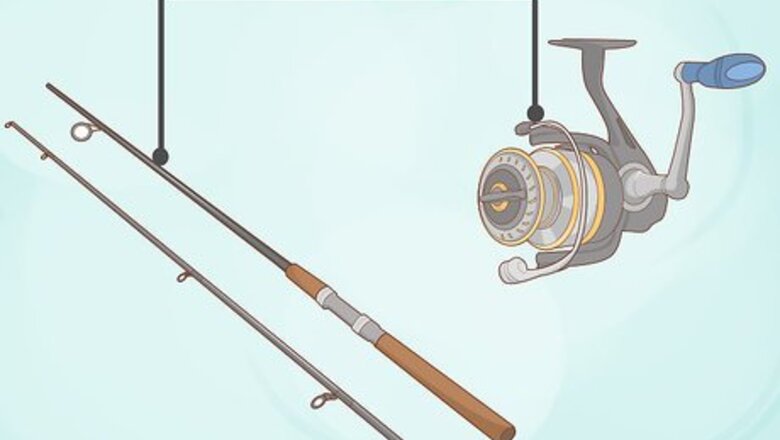
views
Choosing a Rod, Reel, and Line
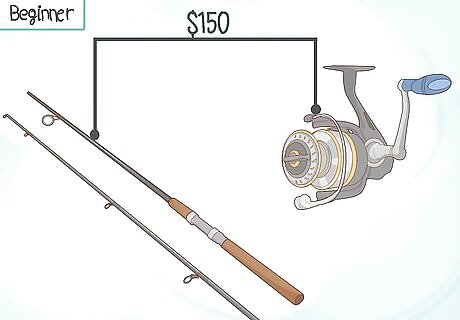
Choose a spinning reel and rod if you are a beginner. Spinning rods and reels are the easiest setup to use if you are just getting into bass fishing. Use a 6 ft (1.8 m) 6 in (15 cm) spinning rod and reel combo for a balance between easy casting and rod strength to bring the bass in. Spinning rods only work with spinning reels and vice versa. A spinning reel sits on the underside of the rod and allows you to cast lightweight lures long distances because of the limited friction. You can expect to spend about $150 USD on a quality spinning rod and reel combo.
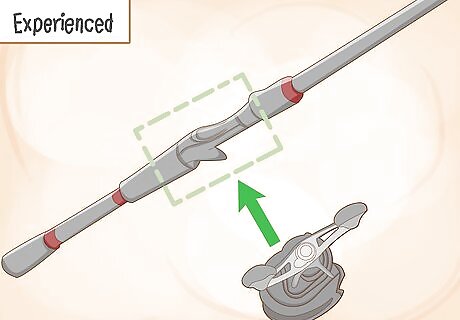
Use a baitcasting rod and reel if you are a more experienced angler. Baitcasting rod and reel combos allow you to use heavier lures and line. Choose a baitcasting reel and a graphite rod to give yourself more power to battle fish and plants in the water. Baitcasting reels sit on the top side of the rod. You should master casting with a spinning rod and reel before you move on to using a baitcasting reel, as casting is more difficult with this type of reel.

Select nylon monofilament line to use with a spinning rod and reel. Monofilament line is affordable and easy to use for beginner bass fishers. It is easy to cast with a spinning rod and reel combo. The downside of monofilament line is that it is easier to damage or break. You should use 8–10 lb (3.6–4.5 kg) diameter monofilament line.
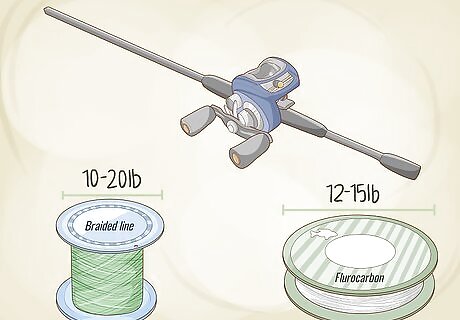
Use fluorocarbon or braided line with a baitcasting reel and rod. Both fluorocarbon and braided lines are stronger than monofilament and work well with baitcasting rod setups. Braid is the hardest line to cast, so only use it if you are confident in your baitcasting skills. For fluorocarbon line, you should use 12–15 lb (5.4–6.8 kg) diameter line. Use 10–20 lb (4.5–9.1 kg) diameter braid line if you go with this option.
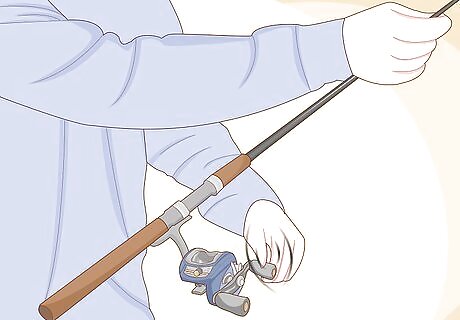
Spool the line onto your reel. Fill the spool of the reel up all the way for spinning reels, and fill a baitcasting reel to between ⁄8 in (0.32 cm) from the top and all the way to the top. It’s important to have enough line on the reel so that you will be able to make a long cast. If you overfill the spool on a spinning reel with line, then the line will jump off the reel. If you overfill a baitcasting reel, then you will hear a weird sound when you cast.
Adding Basic Hooks and Lures
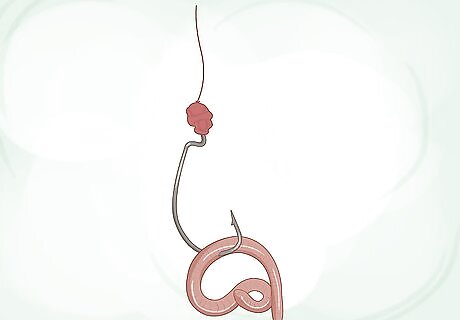
Tie on a worm hook if you want to use live bait. Release the drag on the reel and thread the line through the ceramic guides on the fishing pole. Tie the hook to the line with a palomar knot. You can use a worm hook with both live worms and rubber worms. Worms are a good bait to fish for bass with because they will often go for the worm right away as it falls through the water.
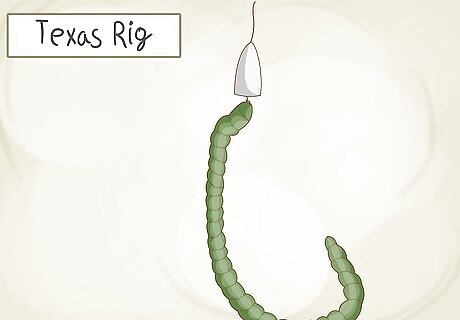
Set up a Texas rig for a basic bass fishing lure rig. Slide a cone-shaped weight onto the line with the point facing the end of the line. Tie on a worm hook and thread a rubber worm on so that the tip of the hook is hidden. The cone-shaped weight will slide up and down the line as you fish for bass, which creates line action that they are attracted to. The Texas rig is the most popular and common rig for bass fishing.
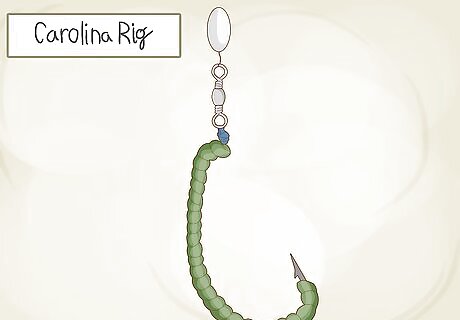
Use a Carolina rig when bass are being timid. Slide on a 3–4 oz (85–113 g) or egg weight first, followed by a swivel. Tie on an offset worm hook with a palomar knot and slide any type of rubber bait you want onto the hook. The Carolina rig is good for passing through vegetation where bass are hiding when they are being shy of your bait. If bass are shooting for your bait on a Texas rig or a normal worm hook setup, then there is no need to use the Carolina rig.
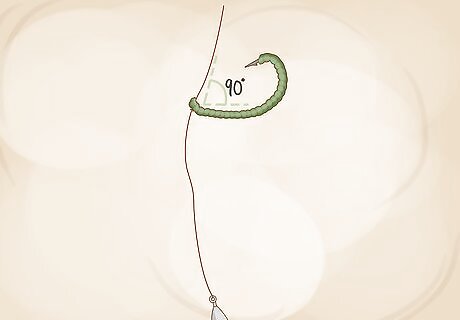
Setup a drop shot rig to reach bass at the bottom. Double the line before you pass it through the eye of a worm hook to leave a tag end. Tie a palomar knot on the hook and then pass the tag end through the eye. Tie a weight to the end of the tag line and put a rubber worm or other lure on the hook. The hook should be sticking out at a 90-degree angle from the line. This rig setup works well for bass fishing, as well as when fishing for other bottom feeders, such as catfish.














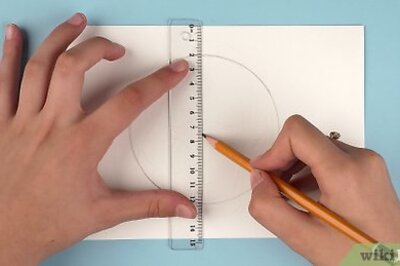
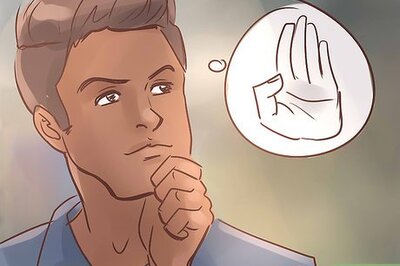


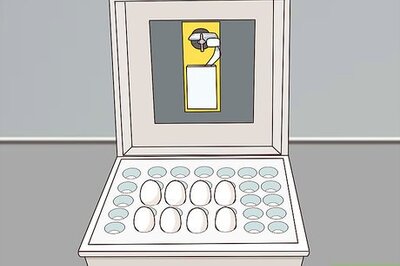
Comments
0 comment